Nikon Nikkor Z 24-70 mm f/4 S
8. Vignetting
| Z7, APS-C, JPEG, 24ámm, f/4.0 | Z7, APS-C, JPEG, 24ámm, f/5.6 |
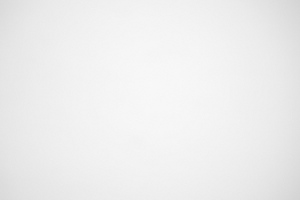
|
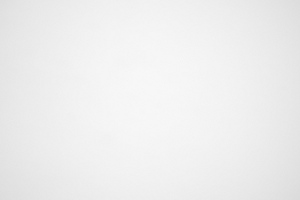
|
| Z7, APS-C, JPEG, 45ámm, f/4.0 | Z7, APS-C, JPEG, 45ámm, f/5.6 |

|

|
| Z7, APS-C, JPEG, 70ámm, f/4.0 | Z7, APS-C, JPEG, 70ámm, f/5.6 |

|

|
You can switch off vignetting correction in the Nikon Z7 camera so JPEG files, shown above, aren't automatically corrected by camera's software.
Please Support UsIf you enjoy our reviews and articles, and you want us to continue our work please, support our website by donating through PayPal. The funds are going to be used for paying our editorial team, renting servers, and equipping our testing studio; only that way we will be able to continue providing you interesting content for free. |
- - - - - - - - - - - - - - - - - - - - - - - - - - - - - - - - - - - - - - - - - - - - - - - -
Still, it should be noticed that, despite lack of vignetting correction, the body and the lens kind of force distortion correction anyway. The images are cropped after that process so vignetting for RAW files that officially aren't processed in any way remains higher than for JPEG files we describe here. As for the APS-C/DX format distortion was moderate the cropping wasn't significant either. We think presenting RAW thumbnails developed with third-party software doesn't make sense; it's enough you know the results for that format are by 1-3% higher than in the case of JPEG files.
After looking at these thumbnails it becomes clear that vignetting on the smaller sensor is not bothersome. At the combination of 24 mm focal length and f/4.0 aperture brightness loss in frame corners amounts to just 13% (−0.40 EV) and it drops to almost imperceptible value of 11% (−0.32 EV) on stopping down the lens to f/5.6.
The situation is very similar in the middle of the focal range. By f/4.0 vignetting amounts to 13% (−0.39 EV) and it drops to just 8% (−0.23 EV) after applying the f/5.6 aperture.
Almost nothing changes when you pass to the maximum focal length where, by f/4.0, vignetting reaches 14% (−0.43 EV), and then decreases to 7% (−0.20áEV) by f/5.6.
The performance on full frame is definitely more complex and we are going to describe both file formats in detail. Let's start from the JPEG files – appropriate thumbnails can be found below.
| Z7, FF, JPEG, 24ámm, f/4.0 | Z7, FF, JPEG, 24ámm, f/5.6 |
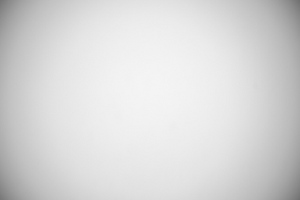
|
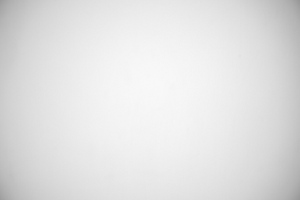
|
| Z7, FF, JPEG, 45ámm, f/4.0 | Z7, FF, JPEG, 45ámm, f/5.6 |
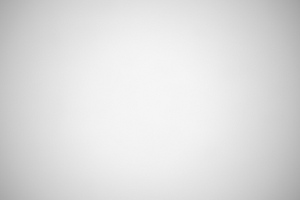
|
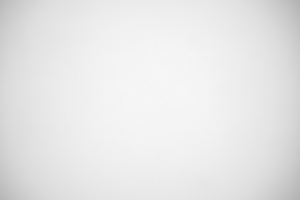
|
| Z7, FF, JPEG, 70ámm, f/4.0 | Z7, FF, JPEG, 70ámm, f/5.6 |
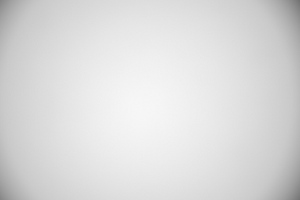
|
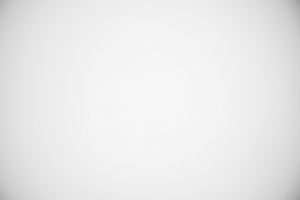
|
A difficult combination of the widest available angle of view and f/4.0 means you lose 51% (−2.09 EV) of light in frame corners. It is a really weak result and it improves just slightly on stopping down. By f/5.6 and f/8.0 we got, respectively, 37% (−1.32 EV) and 28% (−0.97 EV). Further stopping down influences vignetting very slightly because that aberration remains on a level of 27% (−0.92 EV).
At 45 mm the performance is better. By f/4.0 vignetting is 32% (−1.11 EV) and it drops to 26% (−0.88 EV) on stopping down the aperture to f/5.6. By f/8.0 and f/11.0 that aberration reaches, respectively, 21% (−0.68 EV) and 19% (−0.60 EV) and it doesn't react on further stopping down of the aperture.
At the maximum focal length problems return. By f/4.0 you have to take into account loss of 48% (−1.90 EV) of light in the corners and by f/5.6 that loss amounts to 32% (−1.10 EV). The results become moderate by f/8.0 and f/11 where we got the following values: 19% (−0.62 EV) and 15% (−0.47 EV) respectively.
As promised, now we are going to describe the performance for RAW files developed by dcraw program; you can find appropriate thumbnails, illustrating the performance, in a chart below.
| Z7, FF, RAW, 24ámm, f/4.0 | Z7, FF, RAW, 24ámm, f/5.6 |
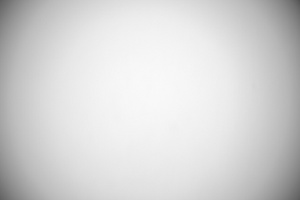
|
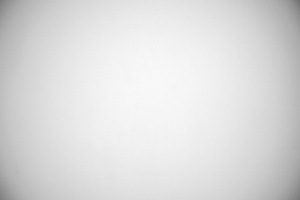
|
| Z7, FF, RAW, 45ámm, f/4.0 | Z7, FF, RAW, 45ámm, f/5.6 |
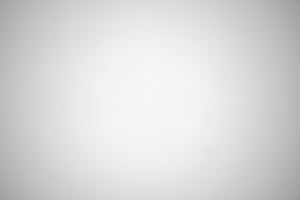
|
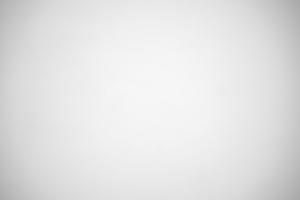
|
| Z7, FF, RAW, 70ámm, f/4.0 | Z7, FF, RAW, 70ámm, f/5.6 |
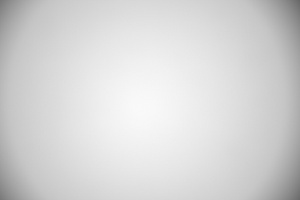
|
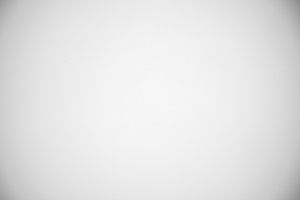
|
According to our espectations the results are even higher. At 24 mm and by f/4.0 aperture vignetting reaches 62% (−2.78 EV). Even by f/5.6 its level remains huge, getting to 50% (−2.02 EV). You also won't have any problems to notice it by f/8.0 and f/11.0 apertures where it amounts to, respectively: 40% (−1.47 EV) and 34% (−1.19 EV). Further stopping down of the aperture doesn't have any measurable influence on the aberration, described in this chapter.
If you employ the 45 mm focal length and the maximum relative aperture you have to take into account light fall-off of 36% (−1.31 EV). Here, compared to JPEG files results, the difference is noticeably smaller because also distortion is lower and files are just slightly cropped. By f/5.6 vignetting decreases to 30% (−1.05 EV), and by f/8.0 it drops to 25% (−0.84 EV). Very slight decrease you can also notice by f/11.0 where we got officially 22% (−0.71 EV).
As distortion at 70 mm increases again you also see another increase in differences between vingetting levels of JPEG and RAW formats. By f/4.0 the aberration amounts to a very high level of 54% (−2.23 EV) and drops to 39% (−1.46 EV) on stopping down the aperture to f/5.6. Vignetting becomes moderate by f/8.0 and f/11.0 apertures with values, respectively, of 26% (−0.89 EV) and 18% (−0.59 EV).
| Nikon Z7, 24ámm, JPEG, f/4.0 |
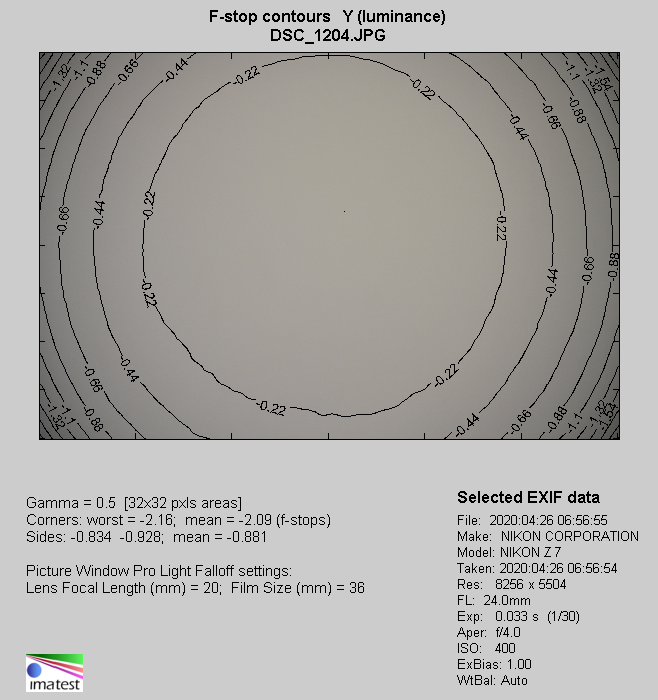 |
| Nikon Z7, 45ámm, JPEG, f/4.0 |
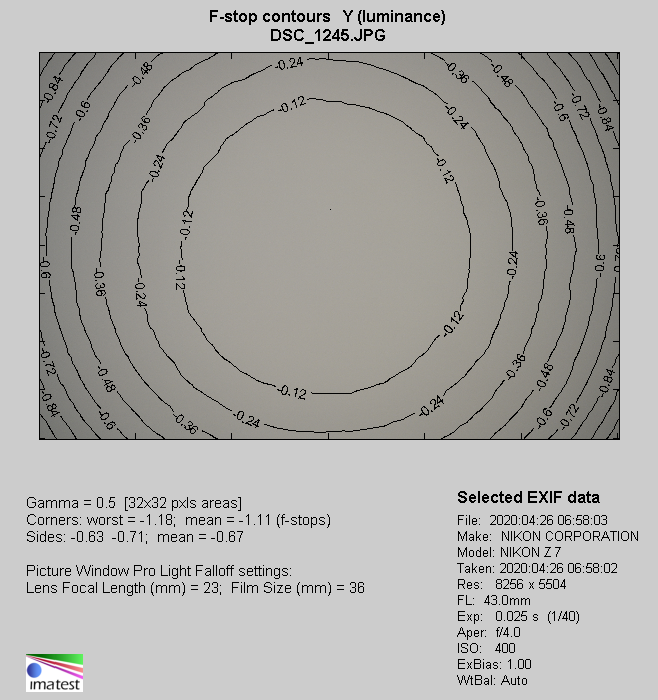 |
| Nikon Z7, 70ámm, JPEG, f/2.8 |
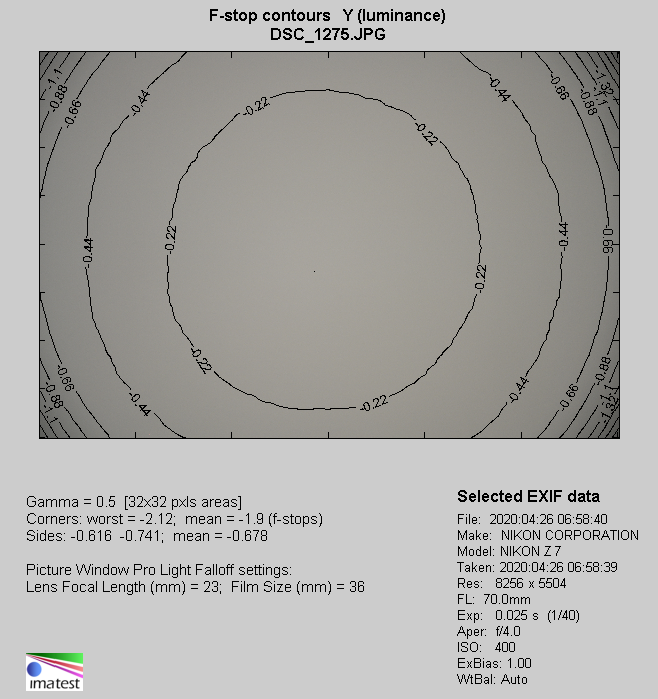 |






